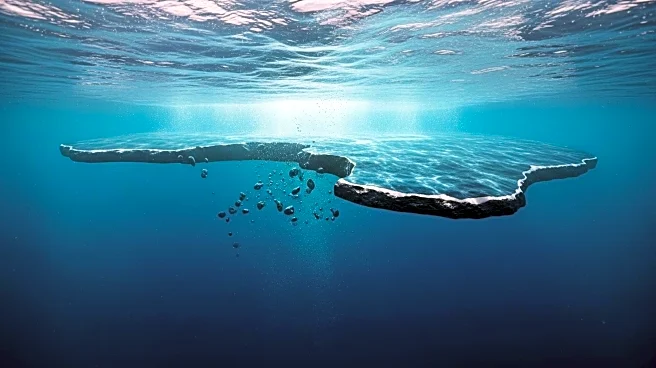What's Happening?
A study published in Nature Geoscience has identified a delaminating block of oceanic lithosphere beneath the Horseshoe Abyssal Plain off the coast of Portugal. This geological phenomenon, previously observed only in continental plates, may explain the region's history of destructive earthquakes, including the 1755 Great Lisbon Earthquake. The delamination process involves the oceanic plate splitting and the lower part sinking into the Earth, facilitated by serpentinization, where water hydrates the rock. This activity is believed to be linked to the initiation of subduction, a process known to cause powerful earthquakes.
Why It's Important?
Understanding the cause of these earthquakes is crucial for improving earthquake preparedness and risk mitigation in Portugal and Spain. The study provides a new perspective on tectonic activity in regions not associated with major fault lines, potentially influencing future geological research and policy. By identifying the mechanisms behind these seismic events, scientists can better predict and prepare for similar occurrences, reducing the risk to human life and infrastructure.
What's Next?
Further research is needed to explore the implications of oceanic plate delamination and its role in subduction initiation. This could lead to a better understanding of tectonic processes and their impact on seismic activity. Additionally, the findings may prompt a reevaluation of earthquake risk assessments in other regions with similar geological features.













